Fishing nearshore rigs in the Gulf of Mexico off the Texas coast brings some of the most exciting saltwater action around, and it is surprisingly accessible if you learn a few practical techniques. Over numerous trips working rigs off Texas, I’ve learned that careful planning, understanding fish behavior, and smart tactics make all the difference for a successful outing. Here’s my guide to making the most of your next nearshore rig adventure in Texas.
QUICK LOOK: Tips for Fishing Nearshore Rigs in Texas
- Understand Rigs: Nearshore rigs are oil or gas platforms located close to the Texas coastline, usually reachable for recreational anglers in small or midsized boats. Unlike offshore rigs that need long trips and big boats
- Essential Preparation: I always start by researching the rig I want to fish. Location and water depth are easy to track down using charts or fishing apps, but I also check recent Texas fishing reports and updates from Texas Parks and Wildlife.
- Key Techniques: Chunking fresh-cut bait. For targeting tuna and sharks, trolling rig edges with a diving plug or skirted lure that mimics fleeing baitfish sparks powerful strikes. If I’m after bottom fish like red snapper or amberjack, I drop vertical jigs just above the rig’s structure and slowly work them up and down.
- Find the Bait: Large schools of shad or sardines usually show up as thick clouds on the sonar, often upcurrent from the rig’s legs. If I see birds diving or witness surface commotion, that’s another sign that predator fish are pushing bait to the surface nearby.
- Work the Current: Watching which direction the current sweeps around the rig and starting on the upcurrent side, where baitfish stack up, is key—predators usually sit there, waiting for an easy meal.
- Know the Regs: I always check the latest Texas Parks and Wildlife regulations before every trip. Respecting size and bag limits for red snapper, king mackerel, and other species keeps the fishery strong and avoids fines.
- Seasonal Patterns: My best trips have come from late spring through summer, when water temperatures climb and fish kick into high gear. From April through August, the calmest Gulf days make boat rides smoother and the fishing more consistent.
Understanding Nearshore Oil Rigs in Texas
Nearshore rigs are oil or gas platforms located close to the Texas coastline, usually reachable for recreational anglers in small or midsized boats. Unlike offshore rigs that need long trips and big boats, many Texas nearshore rigs are just a quick run from spots like Galveston, Freeport, or Port Aransas. These platforms act as artificial reefs, drawing in baitfish and a huge range of game fish species.
These structures are magnets for marine life. I often spot massive schools of baitfish hugging the rig legs, with predator fish never far behind. The fact that rigs attract such variety has kept me coming back for years, always eager to see what’s biting.
Essential Preparation Before Your Trip
Getting ready the right way is important. I always start by researching the rig I want to fish. Location and water depth are easy to track down using charts or fishing apps, but I also check recent Texas fishing reports and updates from Texas Parks and Wildlife—they’re great for learning which rigs are producing and what species are around.
Checking the marine weather forecast is something I never skip. Gulf conditions can switch up fast, so safety always comes first. Reviewing current charts and tide predictions helps, too, since moving water influences how baitfish and bigger game fish set up. I pack extra gear, snacks, ample water, sun protection, and all the right safety equipment to make the day comfortable and secure.
Key Techniques for Fishing Texas Nearshore Rigs
When I arrive at a rig, I don’t rush right to the action. Instead, I begin by circling the perimeter, trolling with a diving plug. This lets me pinpoint where predator fish might be patrolling, and I watch my sonar carefully for any big marks or dense bait balls. When I see a lot of activity, that’s my signal to focus efforts in that area.
- Chunking: For targeting tuna and sharks, I cut up fresh bait—usually Spanish sardines or menhaden—and slowly drop chunks into the current from the upcurrent side of the rig. Tossing a hook-baited chunk into this chum line works wonders for hungry tuna or passing sharks.
- Trolling: Going after marlin, wahoo, or mahimahi often means trolling rig edges with a diving plug or skirted lure that mimics fleeing baitfish, sparking powerful strikes. I stick to medium to heavy rods with strong reels, because fighting near the rig demands total control.
- Jigging: If I’m after bottom fish like red snapper or amberjack, I drop vertical jigs just above the rig’s structure and slowly work them up and down. If bites slow down, I try shifting to lower depths, but I’m always careful to avoid snagging. Jigging with brightly colored metal jigs usually gets fast results.
Switching tactics based on the fish around and the current water depth makes a difference. Sometimes, lively pinfish or small croaker serve as excellent live bait for big predators like cobia or amberjack.
Finding Baitfish and Reading the Water
I rely heavily on sonar and visual cues when it comes to finding bait. Large schools of shad or sardines usually show up as thick clouds on the sonar, often upcurrent from the rig’s legs. If I see birds diving or witness surface commotion, that’s another sign that predator fish are pushing bait to the surface nearby.
Fishing near debris fields or floating weed mats also pays off, especially after storms when debris patches appear. Predator fish use these spots to corner bait, making them prime strike zones.
What to Know About Currents and Tides
The Gulf’s currents shape nearly every fishing trip I go on. Watching which direction the current sweeps around the rig and starting on the upcurrent side, where baitfish stack up, is key—predators usually sit there, waiting for an easy meal. Incoming tides tend to pump up activity, but even slack tide sometimes brings surprises tight to the rig.
Staying Safe on the Water
Fishing rigs involves sharing space with passing boats, watching the weather, and being alert. Wearing a life jacket, keeping a working VHF radio close, and checking weather updates are never optional. I also stay alert to boat traffic, giving service crews and other anglers enough space out of respect and safety.
Texas Fishing Regulations and Responsible Fishing
I always check the latest Texas Parks and Wildlife regulations before every trip. Respecting size and bag limits for red snapper, king mackerel, and other species keeps the fishery strong and avoids fines.
Circle hooks are my go-to for most rig fishing since they reduce deep hooking and release unwanted catches unharmed. A venting tool and dehooker are must-haves if you plan on letting deep-water fish go safely.
Good ethics mean picking up trash, preserving rig structure, and doing my part so rigs stay productive and safe for everyone.
Fish Species I Target at Texas Nearshore Rigs
The variety of fish at Texas nearshore rigs is part of the fun. I can aim for pelagic species like blackfin tuna, king mackerel, mahimahi, or even try for an occasional marlin by trolling or chunking. Bottom fish such as red snapper, amberjack, and grouper stick close to rig pilings, and in summer, I sometimes find big cobia swimming near the surface.
Nearshore rigs that sit closer to the beach might yield slot redfish or speckled trout, especially where sandy bottom meets reef or structure. Sheepshead also school right next to the legs and take fiddler crabs or shrimp enthusiastically.
Seasonal Patterns and Best Times to Fish Rigs
My best trips have come from late spring through summer, when water temperatures climb and fish kick into high gear. From April through August, the calmest Gulf days make boat rides smoother and the fishing more consistent.
Still, fall brings on good runs for kingfish and redfish chasing bait migrations, while winter can produce big snapper and grouper hunkered down deep, though the weather and seas are usually tougher.

Texas Artificial Reef Program and Other Options
Besides oil rigs, Texas Parks and Wildlife has built an artificial reef program that puts down sunken ships, concrete, and other materials to add fish-friendly structure. Some of these reefs sit near existing rig fields, giving anglers even more options. The Texas Parks and Wildlife website has full maps and GPS coordinates, which I’ve added to my list of top fishing locations.
Common Questions: Texas Rig Fishing FAQ
What are the easiest rigs for newcomers to try nearshore fishing in Texas?
Galveston’s 8-Mile Rig, several structures out from Freeport, and the inshore rigs off Port Aransas are excellent starting points. These are popular areas and usually within a comfortable range for many boats.
What baits work best for nearshore rig fishing?
Menhaden, sardines, and croaker are all reliable, but lively pinfish and mullet often tempt bigger predators. Artificial lures like bucktail jigs and diving plugs are great go-tos when fish are actively feeding.
How close can I get to a rig, and are there any rules?
Generally, Texas law allows access right up to the rig unless operators or crew give other instructions. Always give space for work boats and avoid dropping anchor too close to rig legs for safety.
Are there sharks at the rigs?
Absolutely—sharks are common around the bait balls. Blacktip, spinner, and sometimes bull sharks show up. Using wire leaders and strong gear helps you land or release them safely.
Gear and Equipment Tips for Rig Fishing
The right tackle and equipment matter a lot. For trolling, I use 6.5- to 8-foot heavy rods paired with high-capacity saltwater reels, spooled with 50-65 pound braid. Jigging gear can be a little lighter, but still needs solid drag and lots of line.
Circle hooks in 5/0 to 9/0 sizes work great, and a solid landing net or gaff handles big fish at the boat. I always bring multiple lures and hard baits for changing conditions. Jig spoons, large swimbaits, and topwater plugs let me switch up when the fish mood demands it.
Having spare tackle, extra leaders, and a cooler full of ice rounds out my regular list of must-haves for these adventures.
Final Thoughts on Fishing the Nearshore Rigs in Texas
Fishing the Texas nearshore rigs is one of my top ways to spend a day on the Gulf. With practical preparation, safety always in mind, and openness to switching things up as needed, I’ve collected great memories and plenty of hard-fighting fish over the years. Take these tips and advice, get out there, and see for yourself just how special these waters can be.
Check Out Our Most Recent Articles:
- Piscifun Atlantix Electric Reels
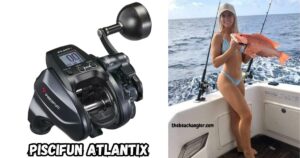
- Bulls And Pomps From The Winter Surf
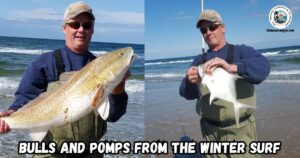
- Daiwa Laguna Rod Reviews

- Tips And Tactics For Wintertime Speckled Trout Fishing
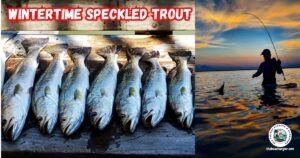
- 9 Croaker Soakin’ Tips For Big Speckled Trout

- Lamiglas Insane Surf Rod

As always, stay safe, enjoy the journey, and please try to leave it cleaner than you found it. If you have any comments, questions, ideas, or suggestions, please leave them in the comment section below, and I’ll get back to you ASAP. You can follow us on Facebook: Rex The Beach Angler, Instagram: thebeachangler7, Twitter: @AnglerBeach, and YouTube: Man Art Creations.
P.S. Thanks so much for checking out our blog; we really appreciate it. Just so you know, we may receive a commission if you click on some of the links that appear on our site. This helps us keep our content free and up-to-date for everyone. We appreciate your support!
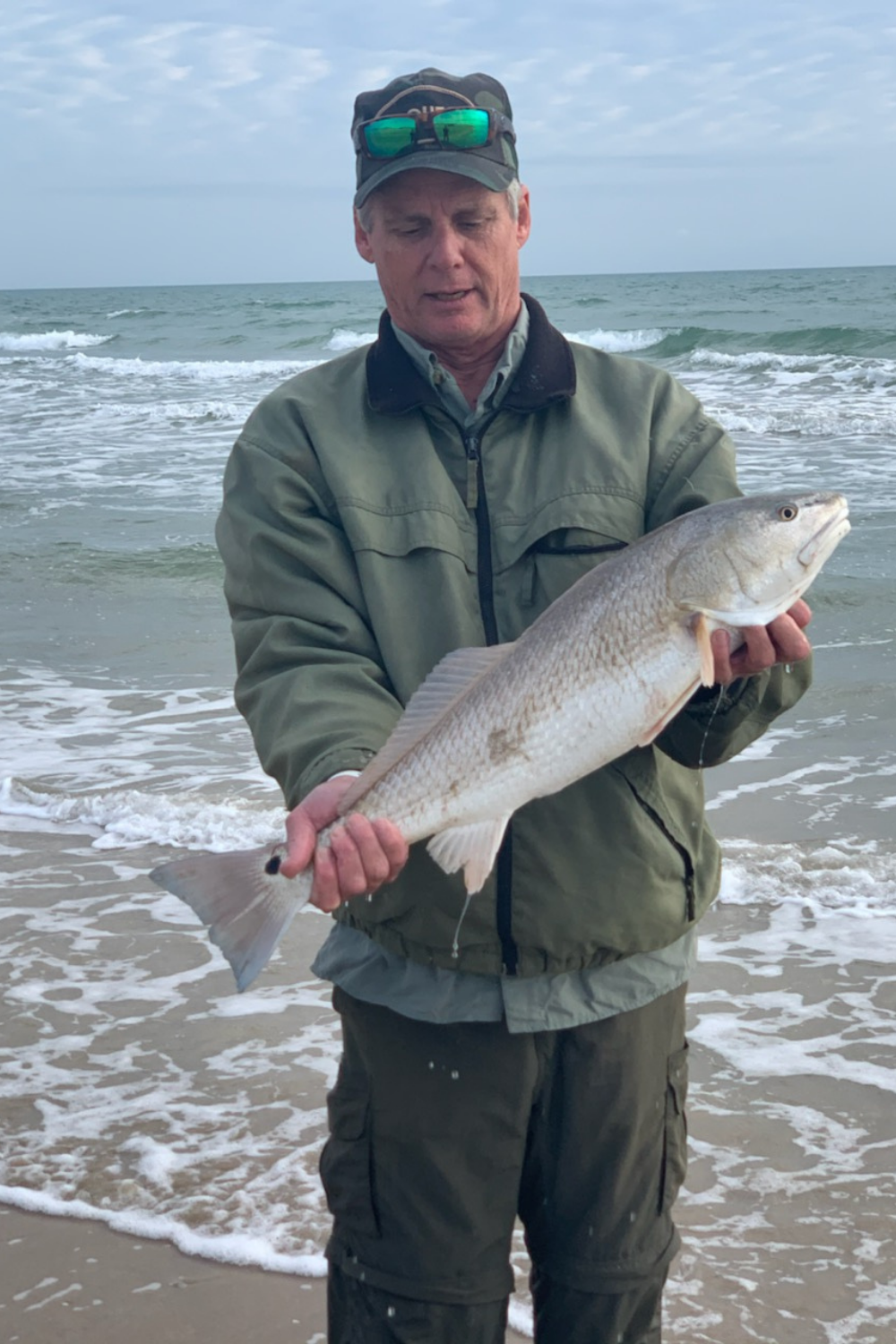
A life long surf fisherman with 50+ years of experience, I am also an avid hunter and outdoorsman. I will be sharing my passion for the outdoors with you so be prepared for hunting, fishing, camping, hiking and more. Along with gear reviews and the latest trends and innovations in the outdoor industry.
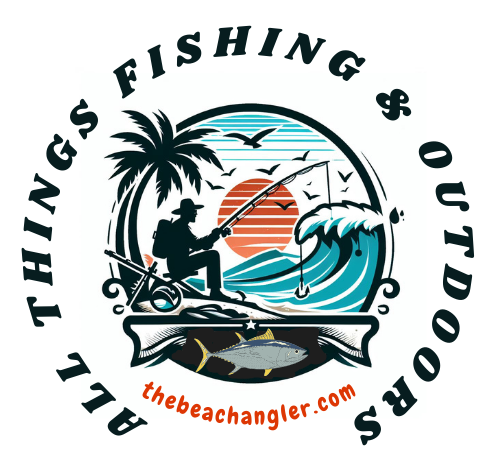
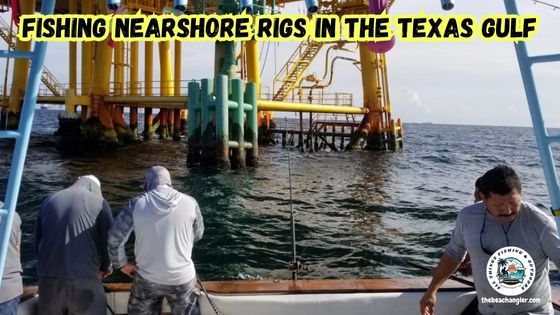

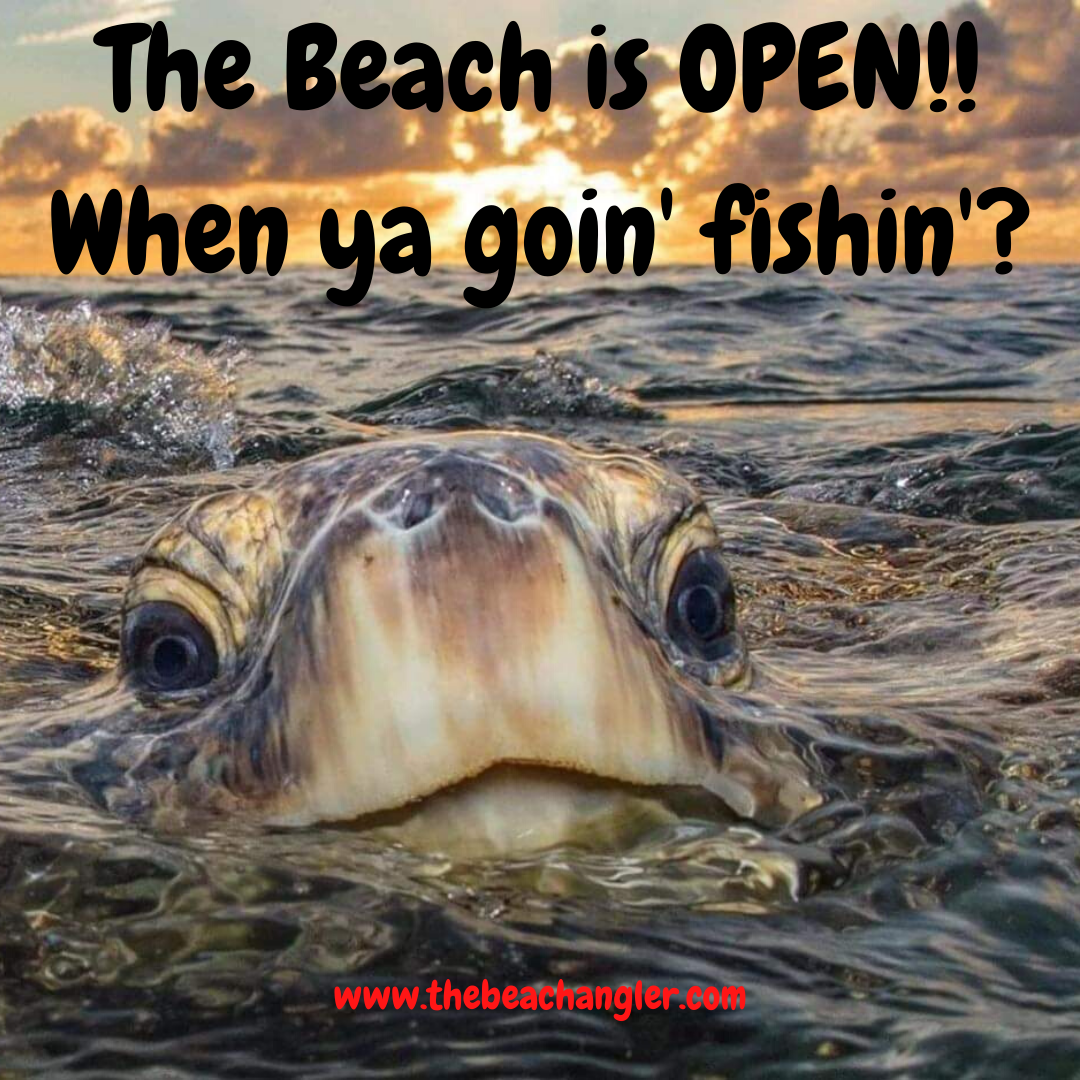
Nice, very informative summary.
Thanks, Dan glad you found it helpful, and thanks for checking it out.
Rex